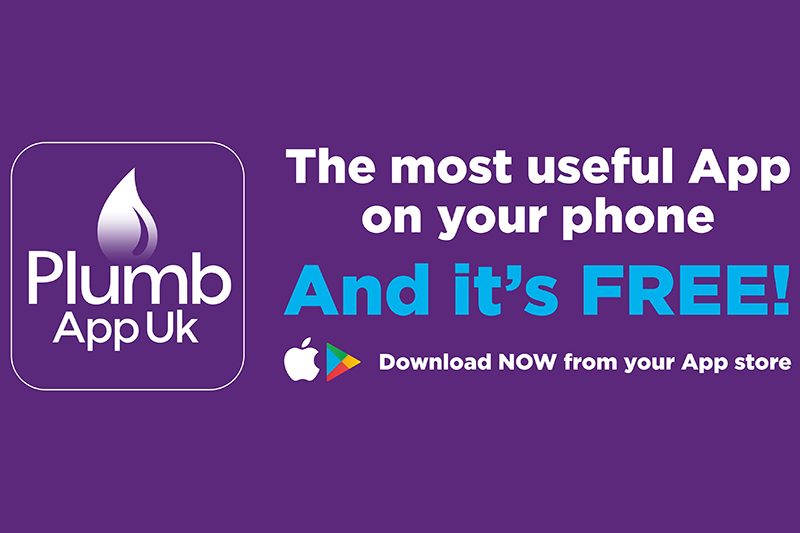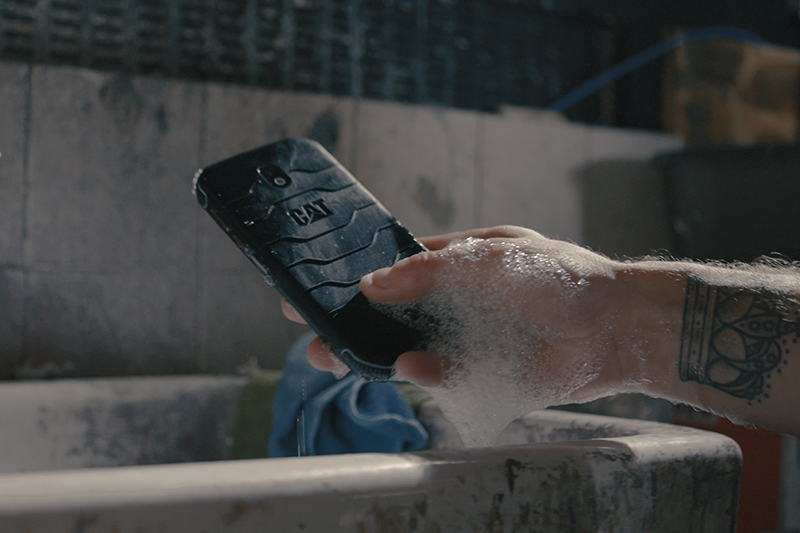
Benjamin Dyer of Powered Now has received many quotes for plumbing jobs over the years and his company has developed an app specifically to help tradesmen with admin. Here are his thoughts on ensuring your quotes win you the work.
One of the things that I’m not sure every gas engineer or plumber understands is that, to some extent, the quote is won or lost before it is even sent out. That’s because the homeowner will have already formed an opinion of you and your business from their initial contacts.
Therefore, it’s vital that you are flexible and responsive during this stage and demonstrate your expertise. That alone goes a long way towards winning the job.
If you get the chance, you should warn customers against both DIY and cowboys. Gas engineer John McLouglin has a lot of experience of this: “People will say that they do their own plumbing. I always ask how they prove that they’ve not got a micro-leak. You really don’t want a micro-leak in a gas pipe and it doesn’t show up by smearing the area with Fairy Liquid. I’m a highly experienced gas engineer and sometimes my equipment shows up micro-leaks in connections I’ve made, so there’s no way it doesn’t happen to people doing their own work.”
Try to get the customer to expect the level of price you are likely to quote, maybe by mentioning your day rate; no-one likes surprises.
What to include
I expect the following on a quote:
– Include a detailed description – “New central heating system £13,500” is not as convincing as a list of the fittings and work required, e.g. draining old system, etc.
– Try not to provide a full price breakdown. This can lead to problems like customers ordering materials and showing it to competitors.
– Be exact about what is included, and say that anything not included explicitly is excluded.
– Be clear about whether you are offering a fixed price (Quotation) or your best guess cost (Estimate).
– Reflect back to the customer what they told you. It shows you’ve listened and will make them feel positive, while also reminding them why they wanted this job in the first place.
– Include information that gives you credibility, e.g. membership of trade associations, qualifications, guarantees and reference to similar jobs that you have done before, customer testimonials, etc.
– Include terms of business, such as up-front payment of 50%, or maybe money for materials. State that the price will change if unforeseen events crop up or the client alters the spec.
Speed is essential when it comes to sending out quotes. One successful tradesman, James Chandler of Chandler Building explains, “We turn up on a job to quote, price it up on the phone and email it to the customer while we are on site, all using the Powered Now app. We’ve noticed that getting the paperwork out to the customer quickly normally means we win the job.”
Get the price right
Being bad at estimating is terrible for business. You end up winning work you can’t afford to do and losing other work where the price was too rich. The result is you only get to do loss-making jobs. Ouch.
Here are some quick thoughts on pricing:
– Work at your estimating skills and always check after the job what you got right and wrong. That way you will improve at this vital skill.
– Generally, don’t aim to be the cheapest. Instead, work at establishing that you are the best. Most customers usually don’t buy the cheapest holiday or car, or eat in the cheapest restaurant. See if you can work this into the conversation.
Follow up
Although Matthew Stevenson of Liverpool Landscapes is in a different trade, his advice is valid: “I always follow up with a text message to make sure they have received the emailed quote, and ask them to get back with any questions.”
Even when you’ve sent the quote, you must not forget it. Make a note and try to arrange a follow up with the customer. If not, follow up after one to two weeks anyway.
If you unfortunately lose to another company, it’s best to accept it gracefully and thank the customer for the opportunity. You never know what the future holds.













